Health Care > STUDY GUIDE > Advanced Pathophysiology Exam 1 Study Guide/ Guaranteed A+Guide Solution (All)
Advanced Pathophysiology Exam 1 Study Guide/ Guaranteed A+Guide Solution
Document Content and Description Below
What are the properties of a eukaryotic cell (ANS- -Well define nucleus. -cells are larger and have more extensive intracellular anatomy and organization than do prokaryotes. - cells bind with d... eoxyribonucleic acid (DNA) and are involved in the super coiling of DNA. - cells have several chromosomes, protein production or synthesis - it consists of three components: outer membrane called plasma membrane, a fluid filling called cytoplasm, and the intra cellular organs or organelles How do cells communicate with each other and the environment outside the cell (ANS - Cells communicate by using hundreds of signal molecules. -they display plasma membrane-bound signaling molecules (receptor) that affect the cell itself and other cells in direct physical contact -they affect receptor proteins inside the target cell and the signal molecule has to enter the cell to bind to them -they form protein channels (gap juctions) that directly coordinate the activities of adjacent cells. responsable for cellular respiration and energy production (ANS- mitocondria they provide sites for cellular protein synthesis (ANS- ribosome is the largest membrane bound organelle and is usually found in the cell center, main function is cell division and control of genetic information (ANS- nucleus is a small dense structure composed largely of RNA and combine it with proteins (ANS- nucleolus are saclike structures that originate from the golgi complex and contain digestive enzymes (ANS- lysosomes specializes in the synthesis and transport of the protein and lipid components of most of the cells organelles (ANS- endoplasmic reticulum proteins from the endoplasmic reticulum are processed and packaged into small membrane (ANS- Golgi apparatus or complex membrane organelles that contain several oxidative enzymes such as catalase and urate oxidase. those enzymes use oxygen to remove hydrogen in an oxidative reaction that produces hydrogen peroxide. (ANS- peroxisomes it is the gelatinous, semiliquid portion of the cytoplasm. functions include: intermediary metabolism involving enzymatic biochemical reactions; ribosomal protein synthesis and storage of carbohydrates, fat and secretory vesicles (ANS- cytosol maintains the cell's shape and internal organization (ANS- cytoskeleton cells secrete local chemical mediators that are quickly absorbed, destroyed and immobilized. (ANS- paracrine cancer cells use this form of signaling to stimulate their survival and proliferation. it function as a component of normal growth regulatory mechanism. (ANS- autocrine diffuses across the synaptic cleft and acts on the postsypnaptic target cells (ANS- neurotransmitter are released by one set of cells and travel through the tissue and through the bloodstream to produce a response in other set of cells (ANS- hormone proteins float in the fluid lipid bilayer. is a membrane structure that consists of a variety of individual protein molecules moving and shifting within a fluid bilayer of phospholipids. (ANS- fluid mosaic model second messenger (ANS- are molecules that relay signals received at receptors on the cell surface are generated in large numbers when the membrane bound enzyme is activated, and they then rapidly diffuse away from their source, broadcasting the signal throughout the cell. The two major pathways are cyclic adenosine monophosphate (AMP, CAMP) and Ca. • a signal molecule such as epinephrine binds to a cell surface receptor, it activate a G protein inside the cell • The G protein stimulates adenylyl cyclase to produce large amounts of cyclic AMP from ATP • Then cAMP binds to and activate a target protein such as a-kinase which adds phosphate to specific protein within the cell How does oxidative phosphorylation work? (ANS- Occurs in the mitochondria and is the mechanism by which the energy produce from cahydrates, fats, and proteins is transferred to ATP. The process by which ATP is formed : is the passive movement of a solute from an area of higher solute concentration to an area of lower solute concentration. (ANS- diffusion is the movement of water across a semipermeable membrane from a region of lower solute concentration to a region of higher solute concentration. (ANS- Osmosis is the mechanical force of water pushing against cellular membranes (ANS- Hydrostatic pressure requires metabolic energy (ATP) to move molecules against the concentration gradient (ANS- active transport is also called facilitated diffusion. It does not require the expenditure of metabolic energy. (ANS- passive transport The overall osmotic effect of colloids, such as plasma proteins. Results from the attraction of fluid by free protein. (ANS- oncotic Where do you see edema, or low albumin in these processes (what's in play). (ANS- One of the functions of albumin is to maintain intravascular oncotic. In a healthy person with normal nutrition, the liver will produce additional albumin to normalize the level. Very low levels can lead to swelling in the ankles (edema), as well as fluid accumulating in the abdomen (ascites), and in the lungs (pulmonary edema) Decreased plasma oncotic pressure: results from loss or diminished production of plasma albumin. Decreased oncotic attraction of fluid within the capillary causes fluid to move into the interstitial space, resulting in edema. Decreased synthesis of plasma protein and decreased oncotic pressure may occur with liver disease or protein malnutrition. Increased capillary permeability occurs due to burns or crushing injuries. Edema is often very severe because of loss of proteins from the vascular space, which decreases capillary oncotic pressure and increases interstitial oncotic pressure. [Show More]
Last updated: 1 year ago
Preview 1 out of 19 pages
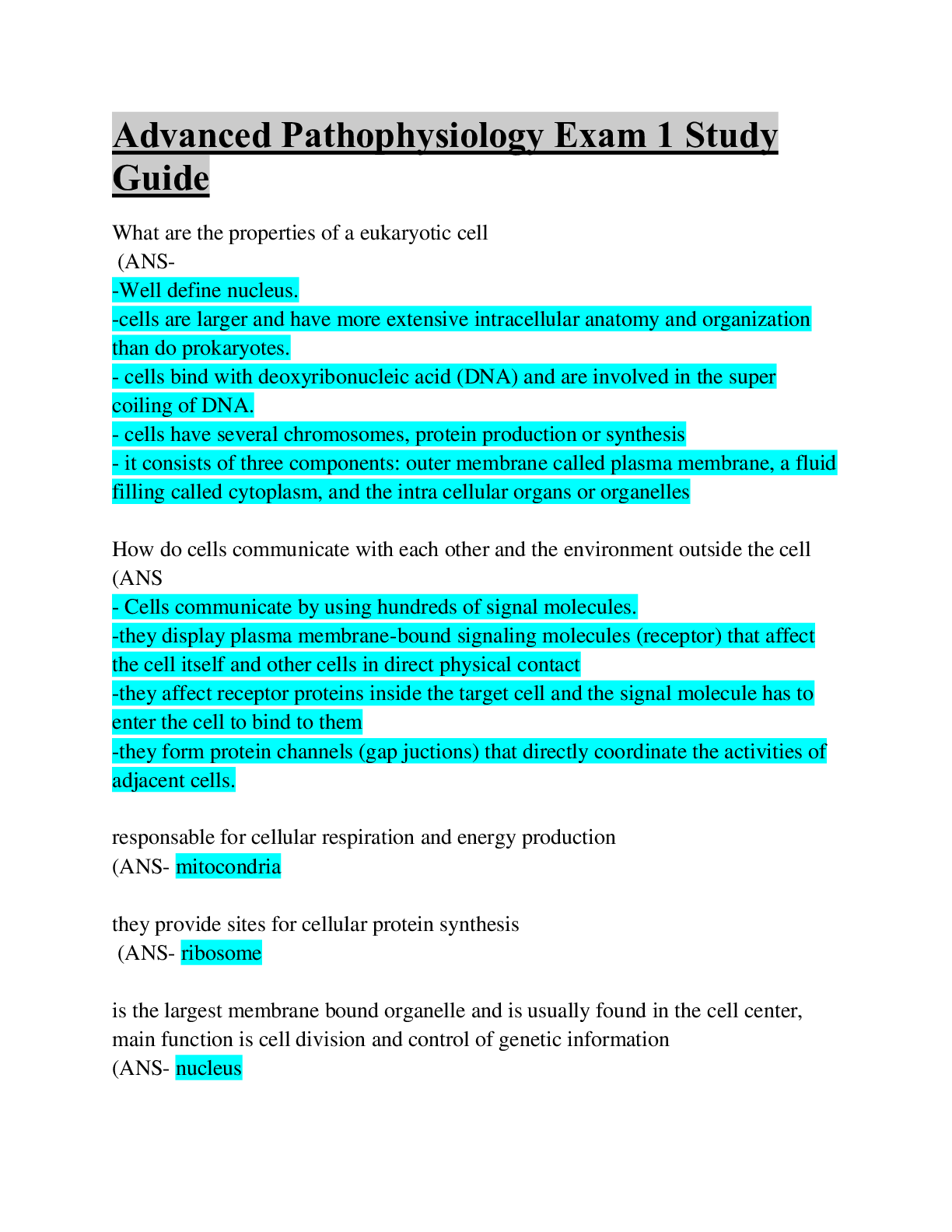
Reviews( 0 )
Document information
Connected school, study & course
About the document
Uploaded On
Aug 11, 2022
Number of pages
19
Written in
Additional information
This document has been written for:
Uploaded
Aug 11, 2022
Downloads
0
Views
37

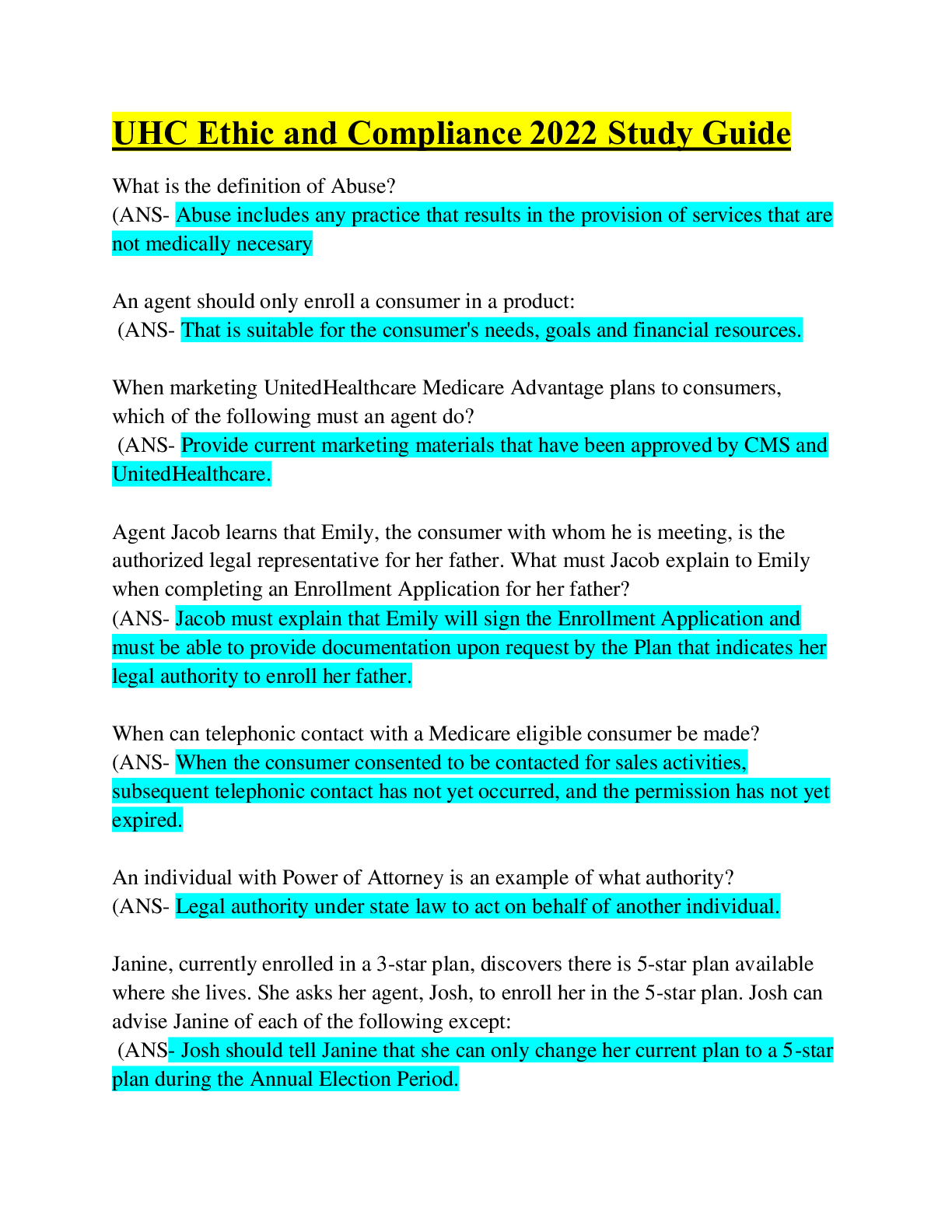
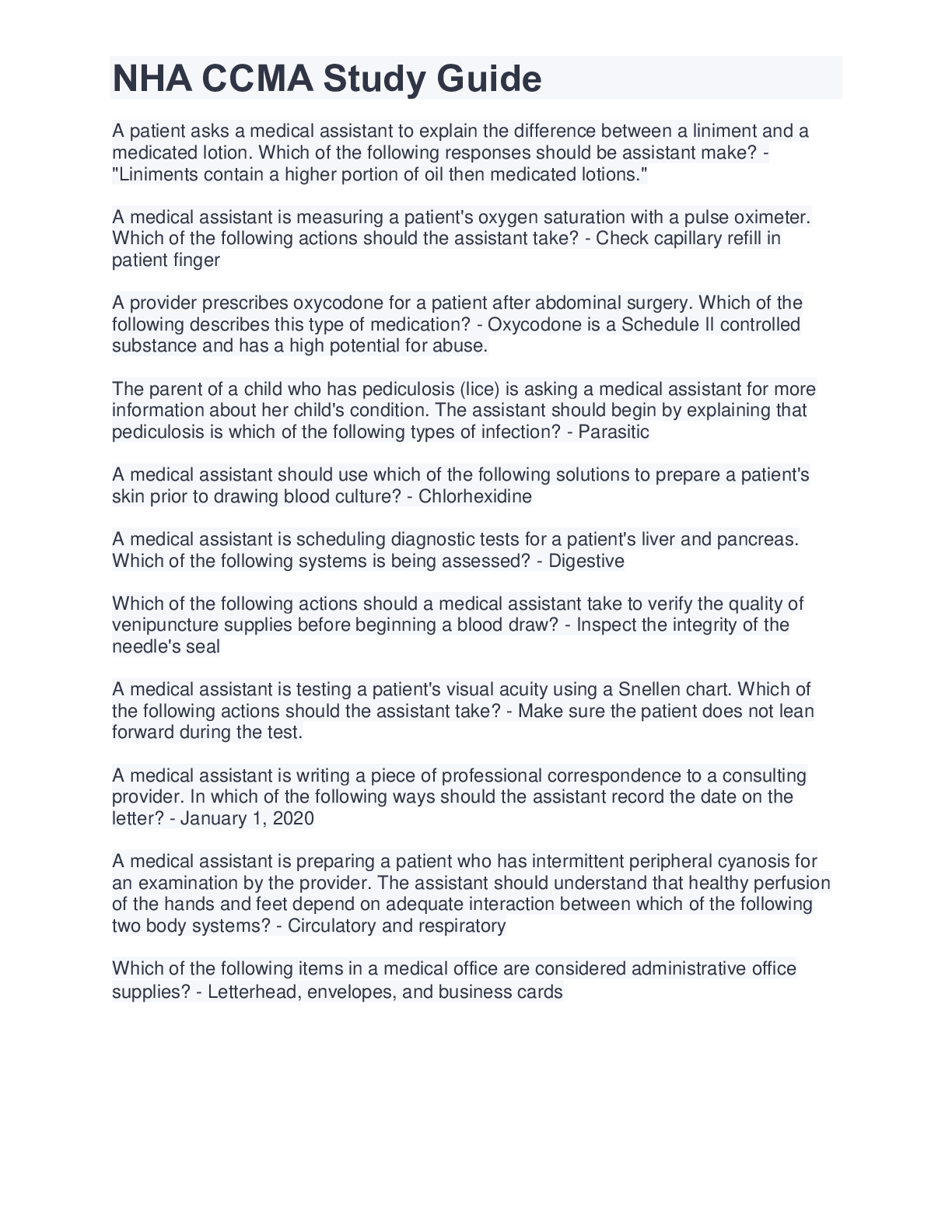
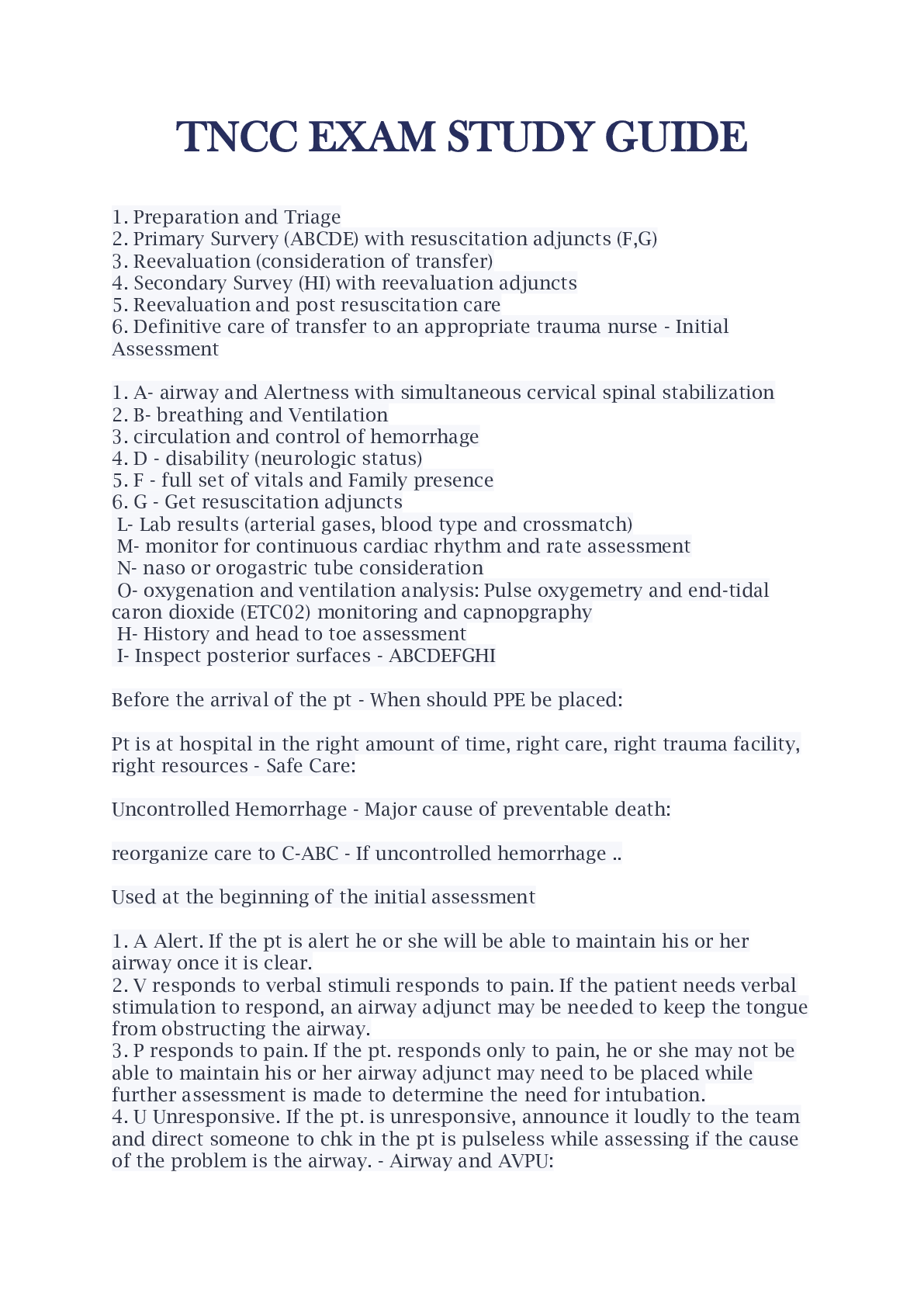

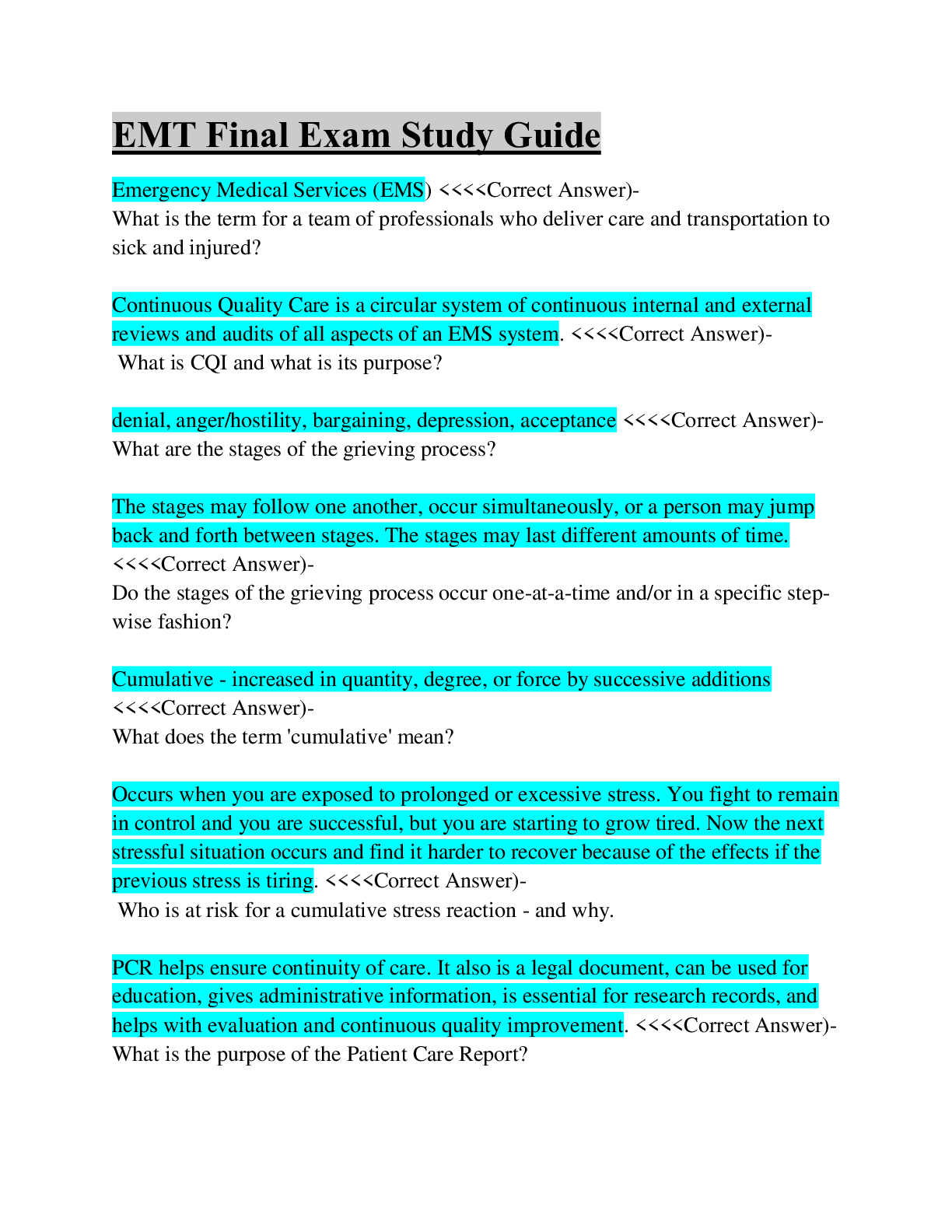
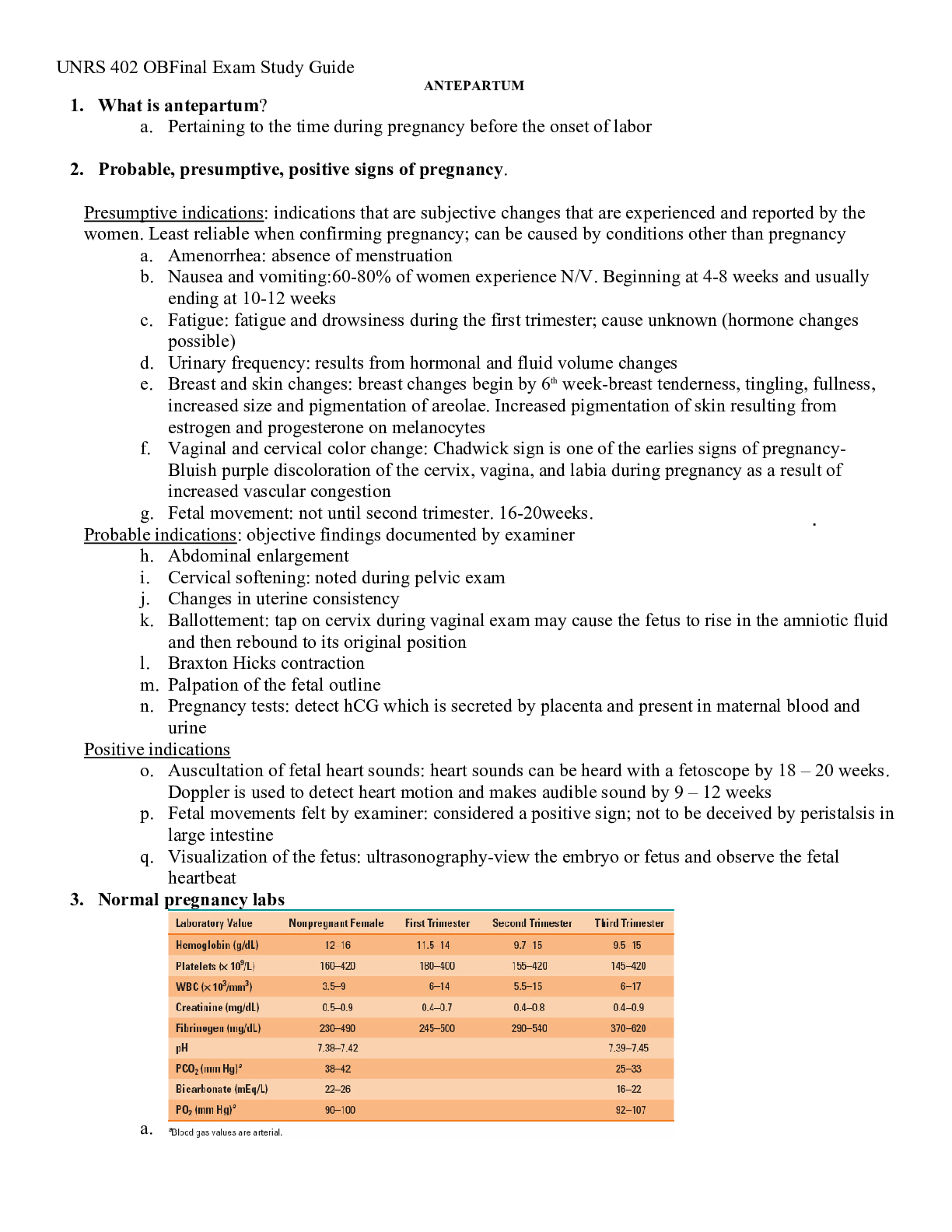
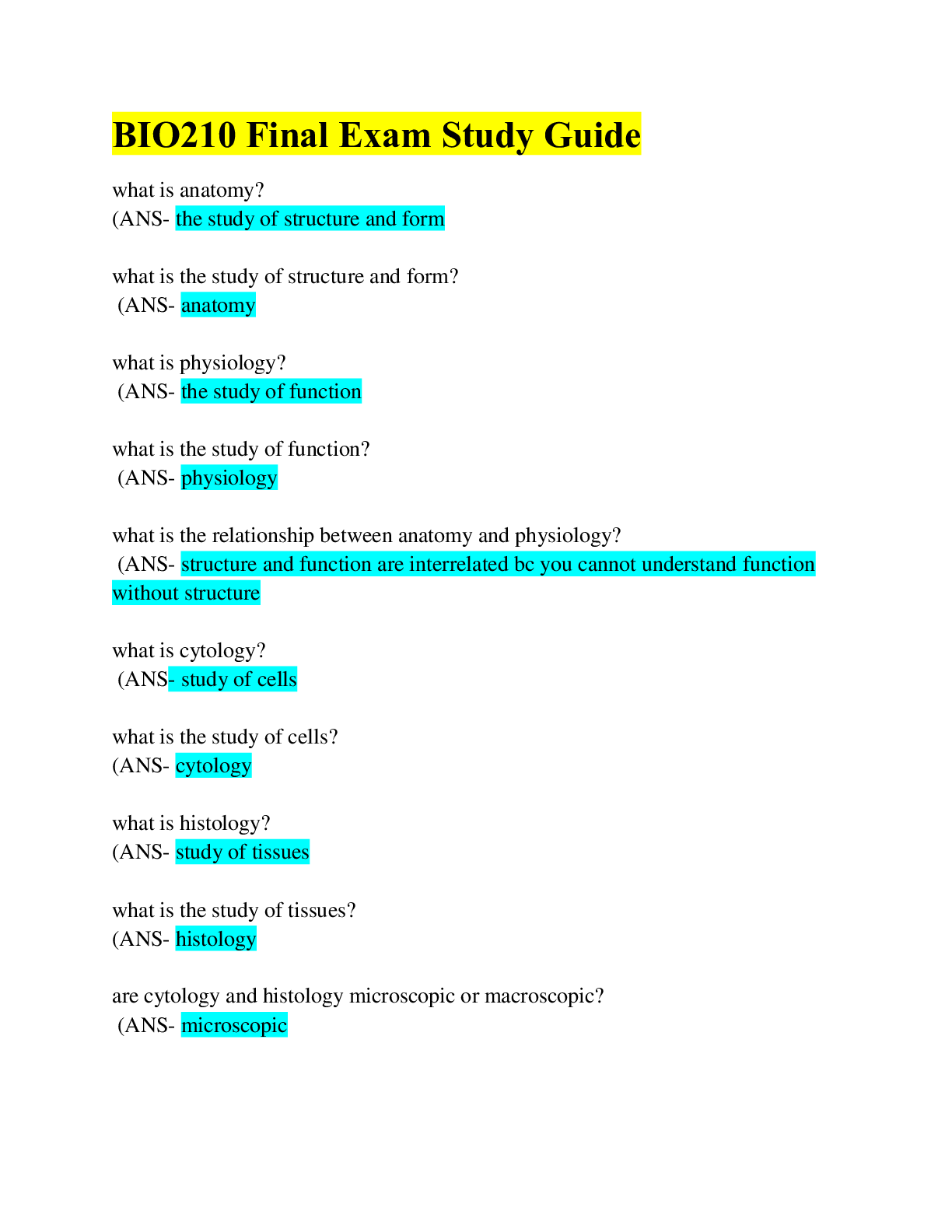
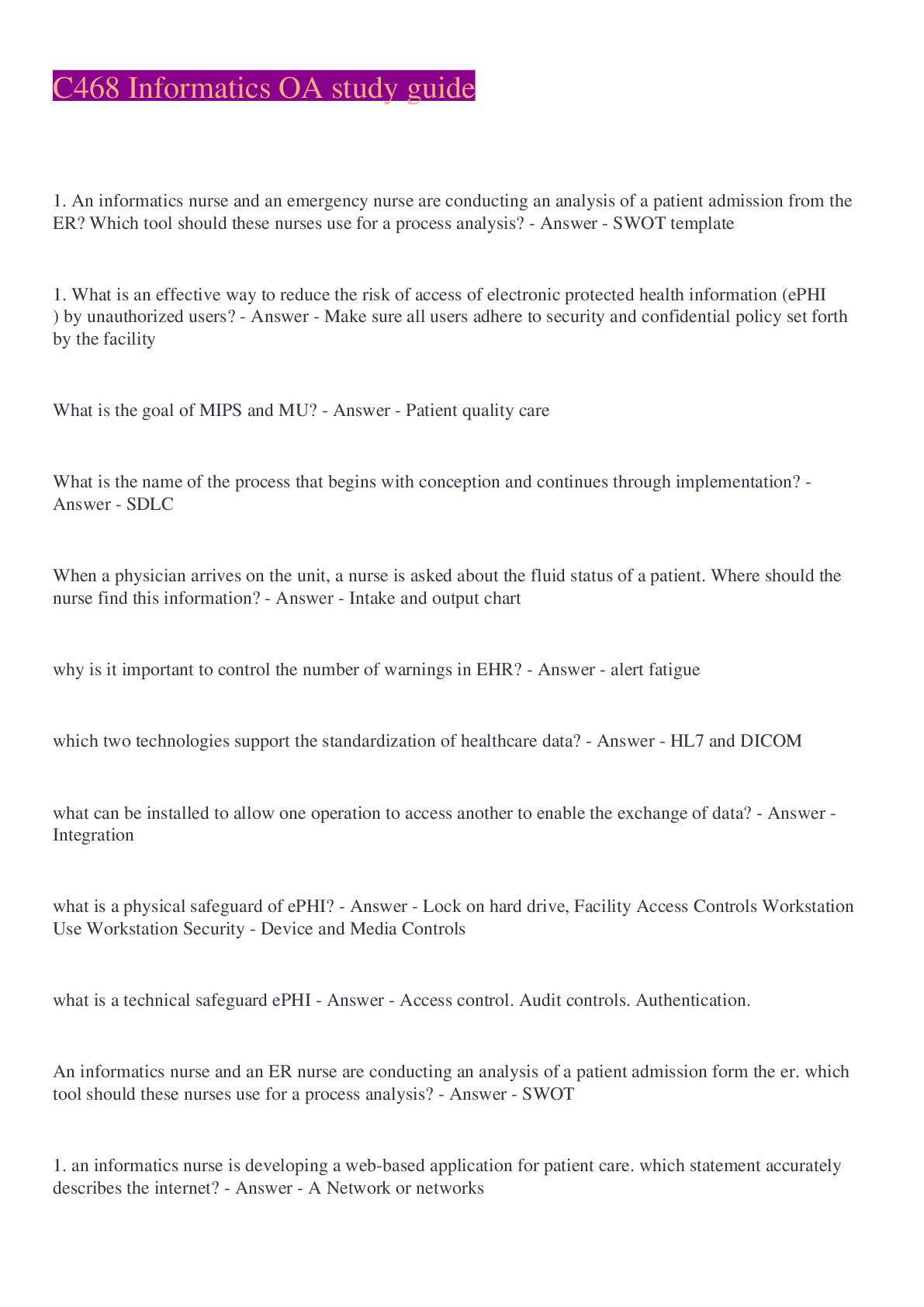

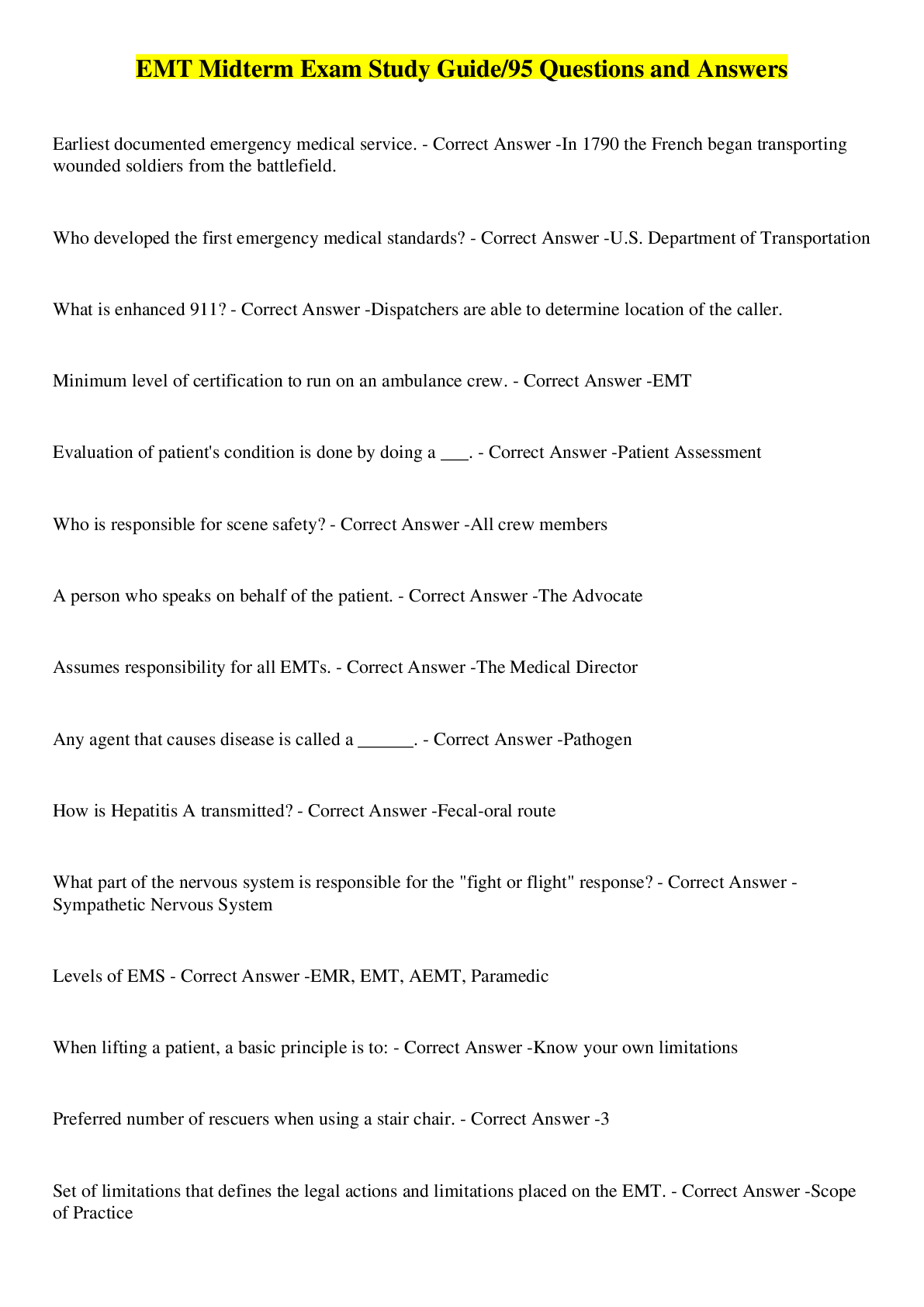
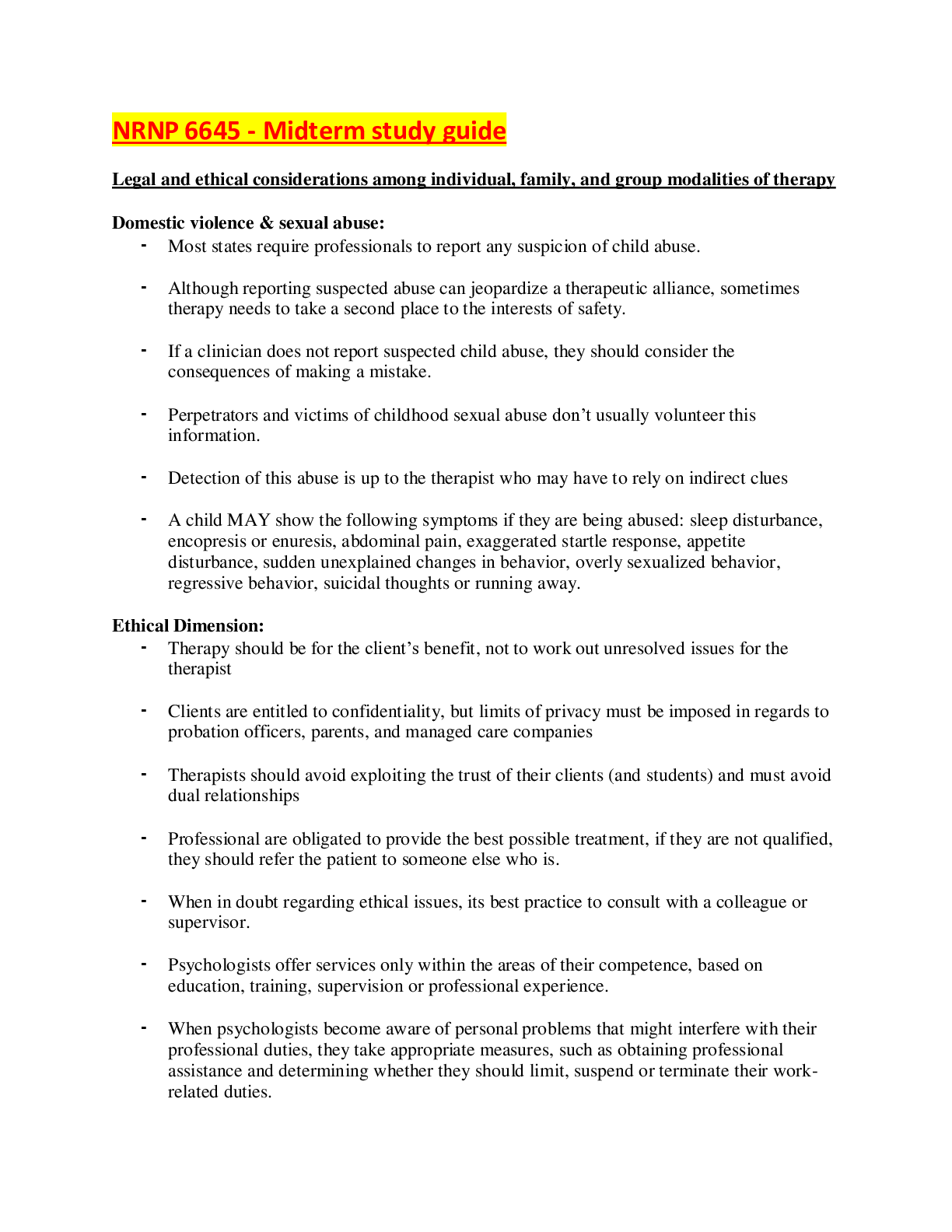
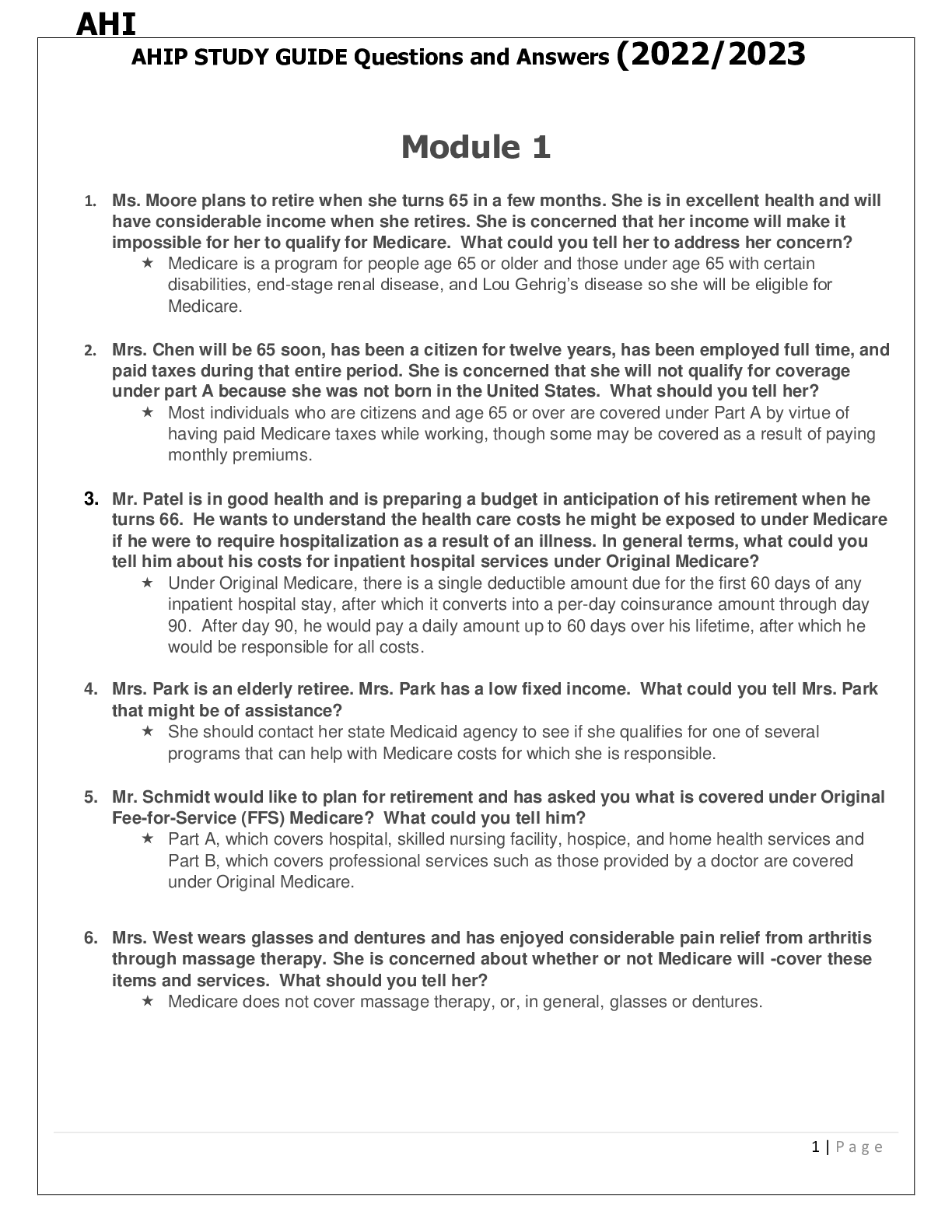
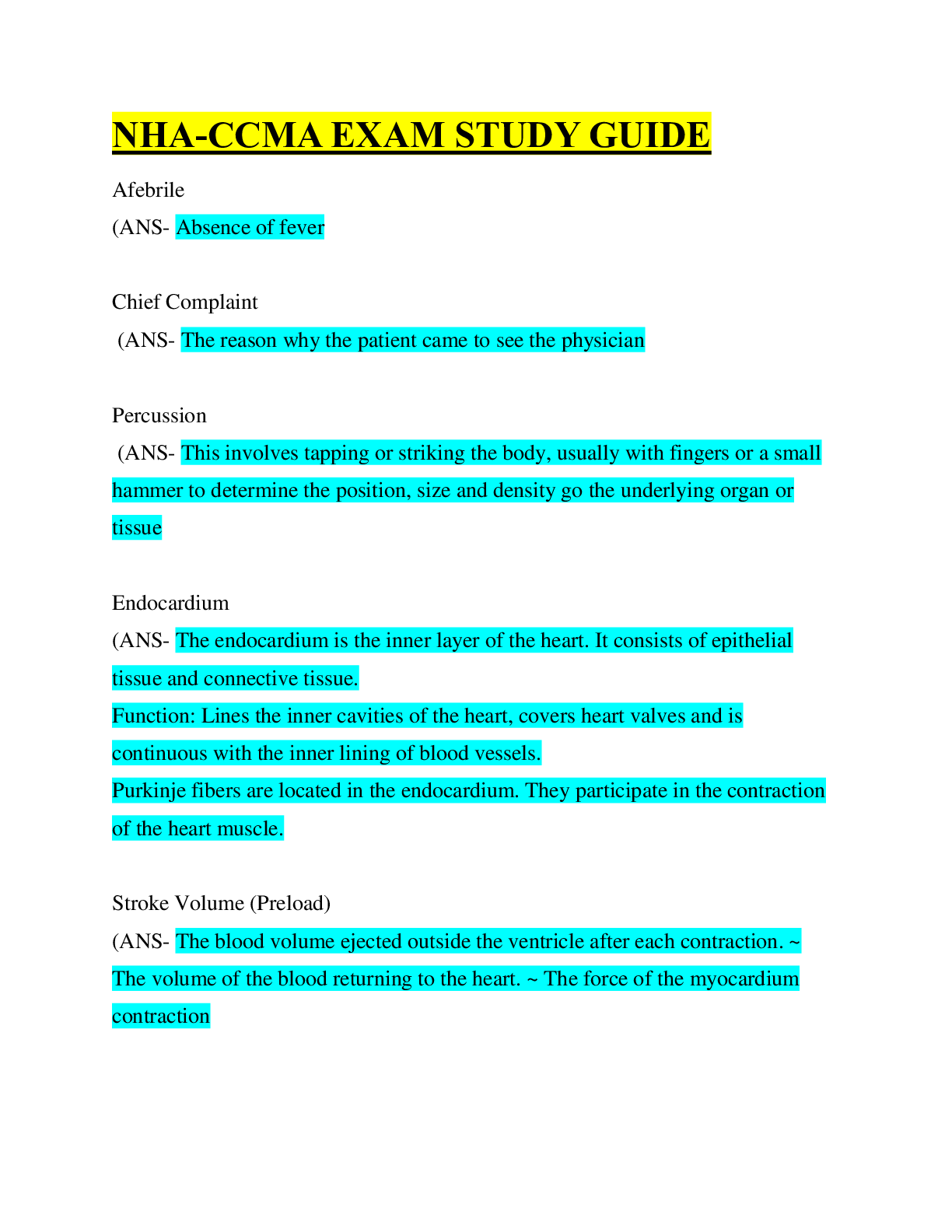
 Study Guide.png)
 Exam Study Guide.png)
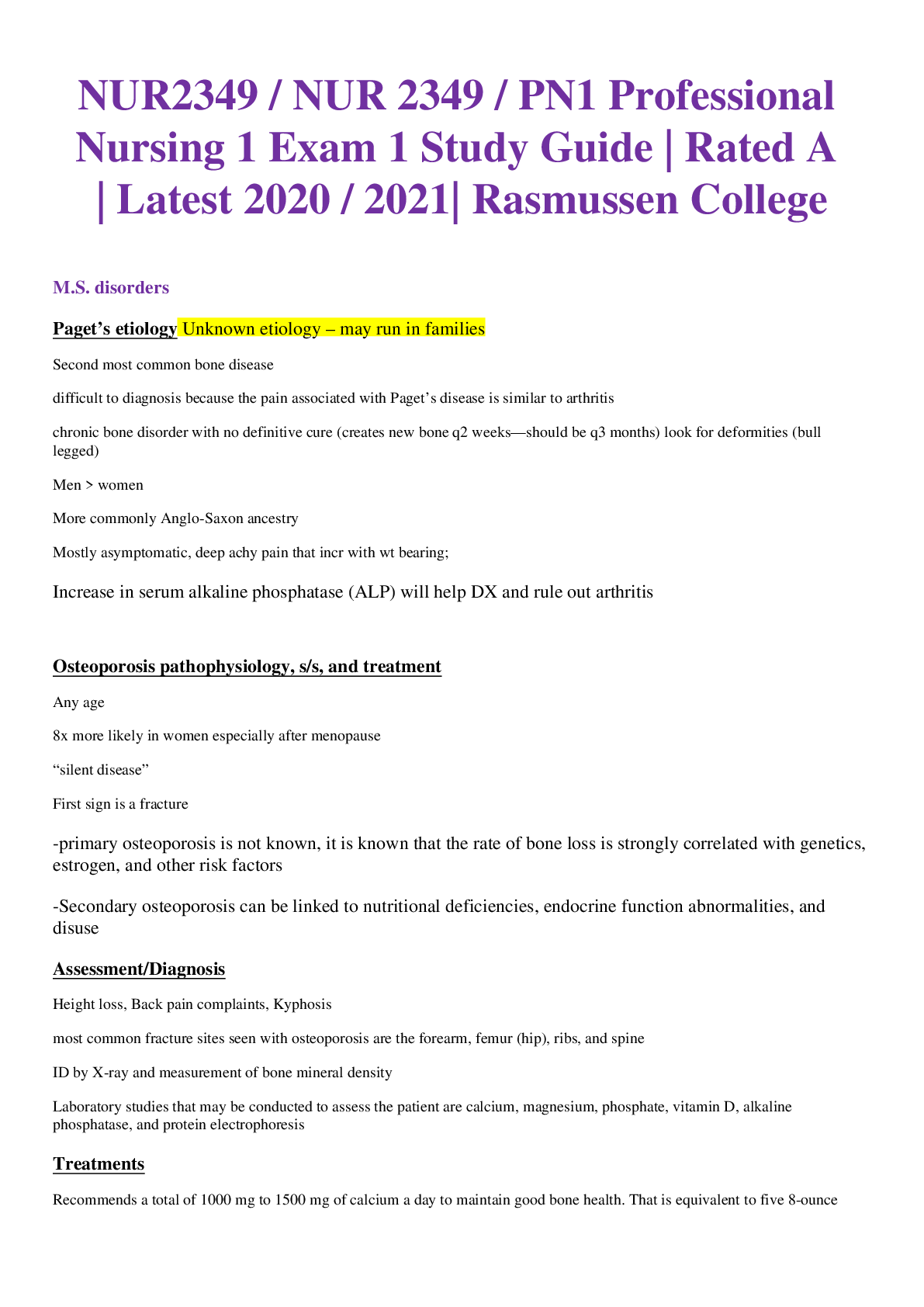
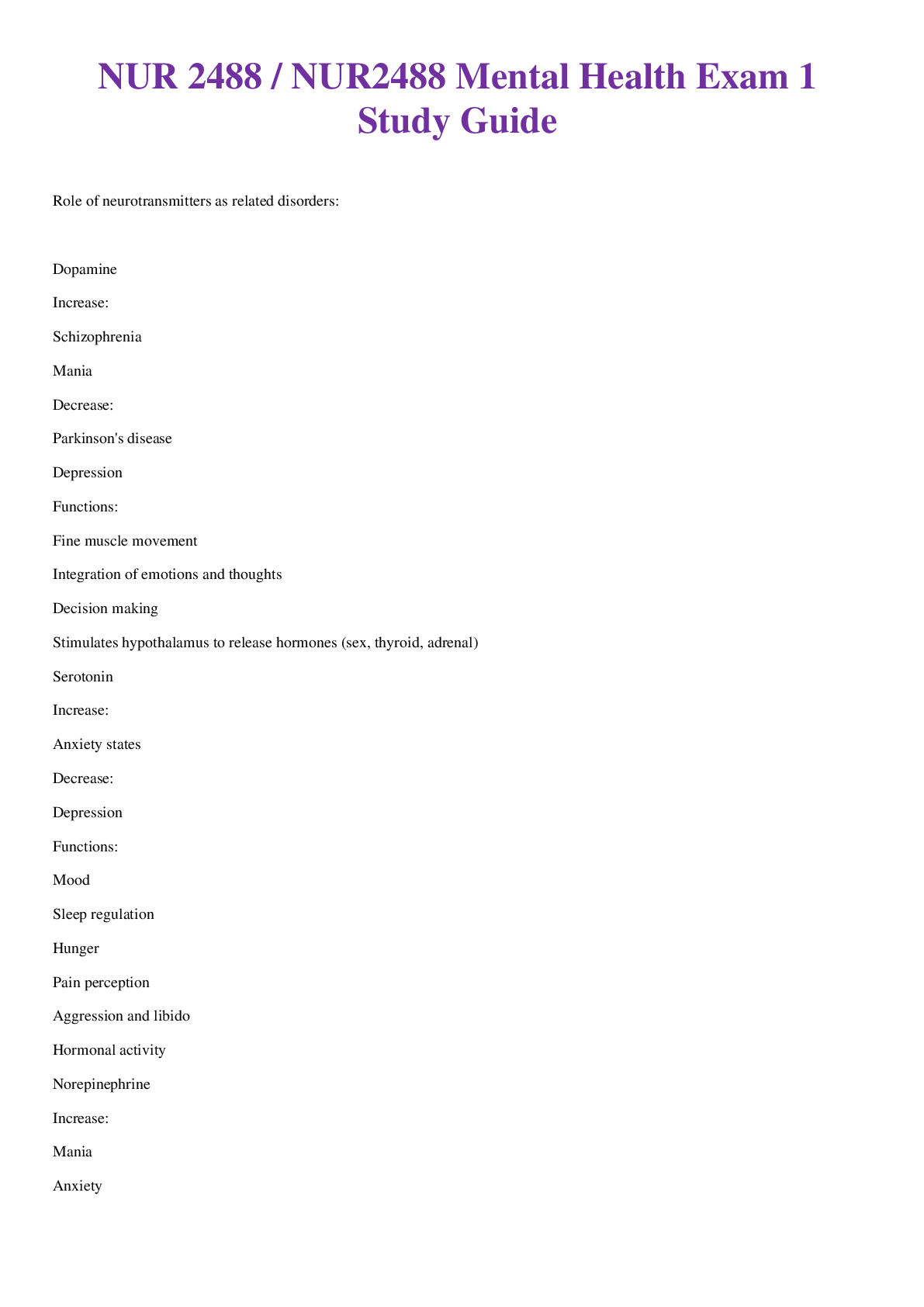
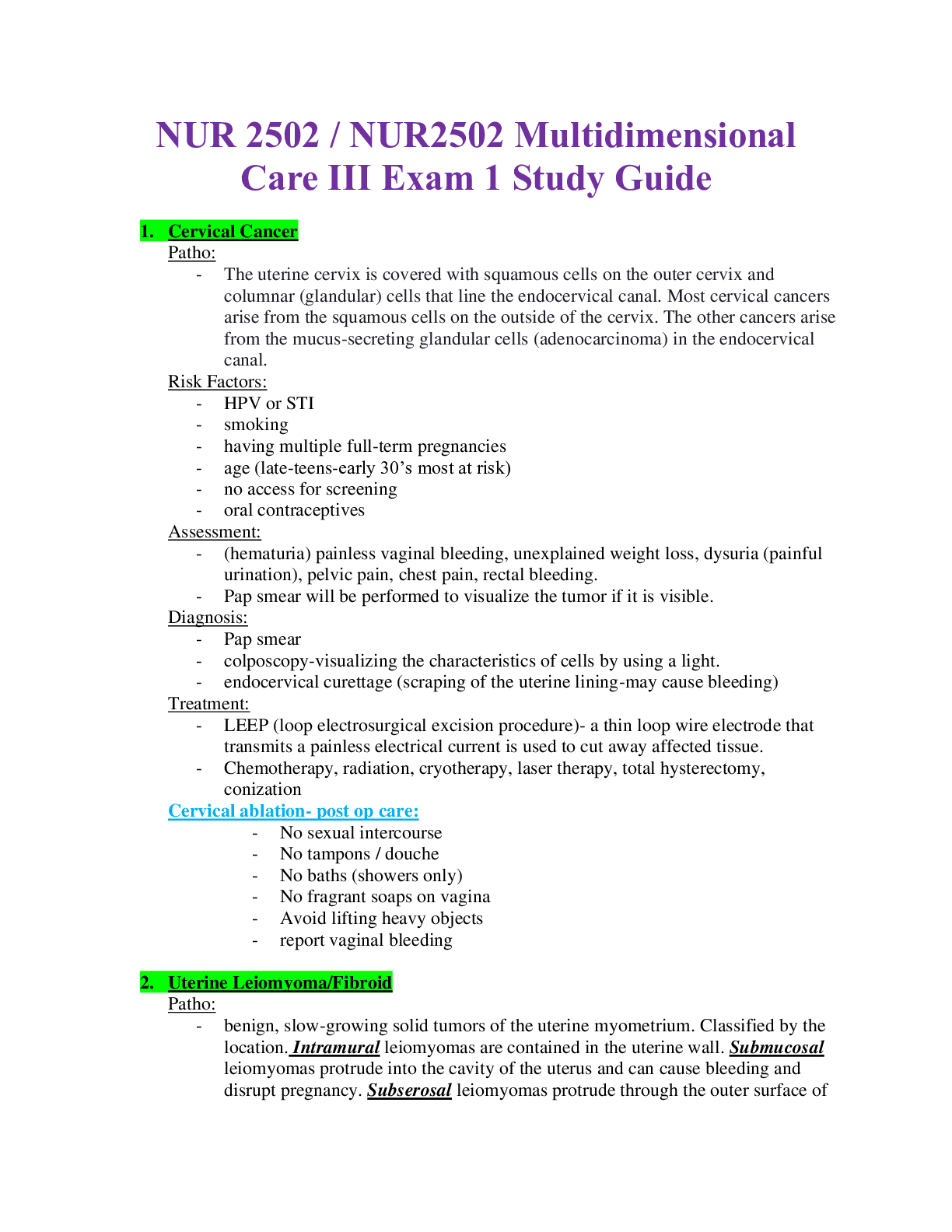

.png)
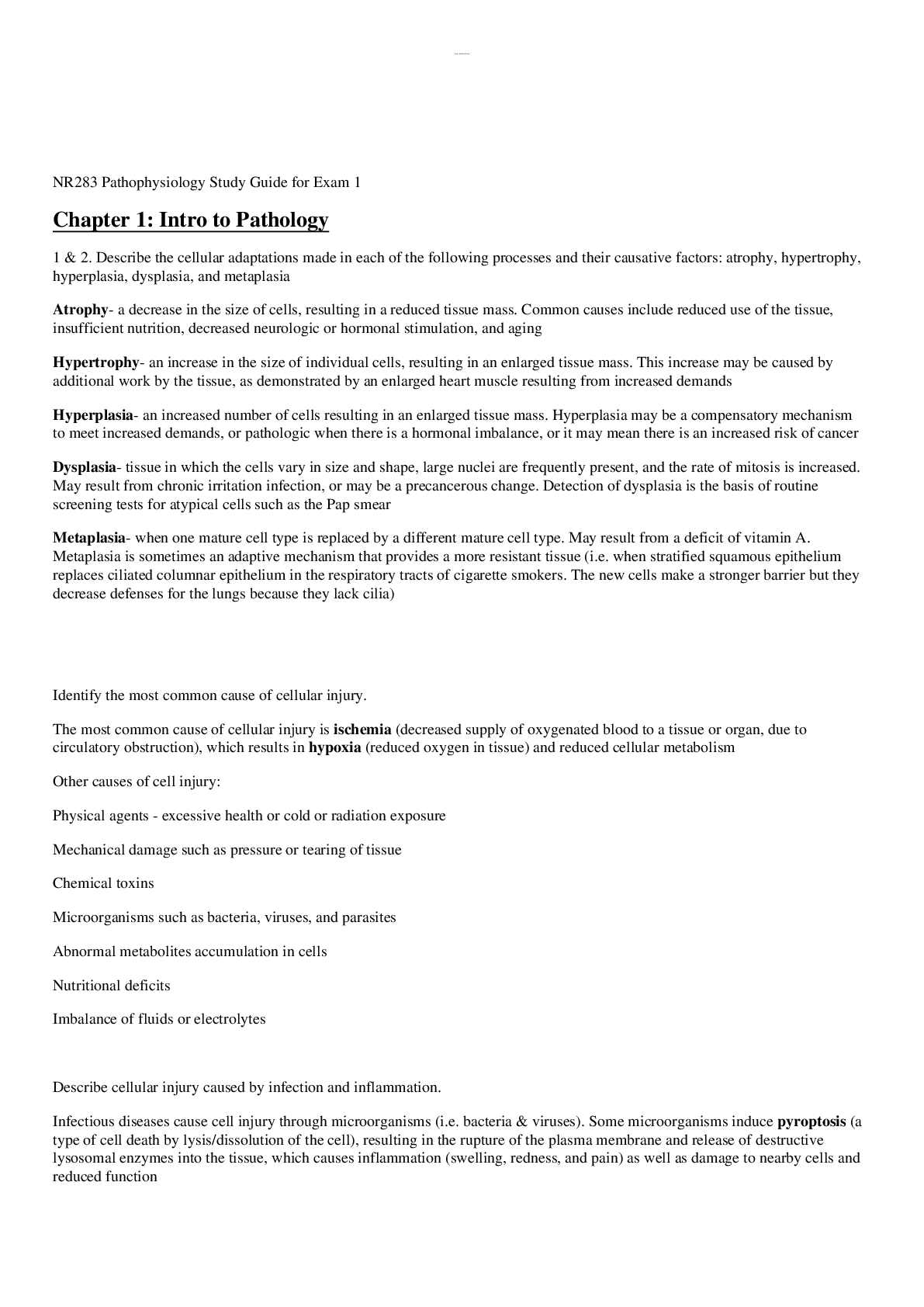

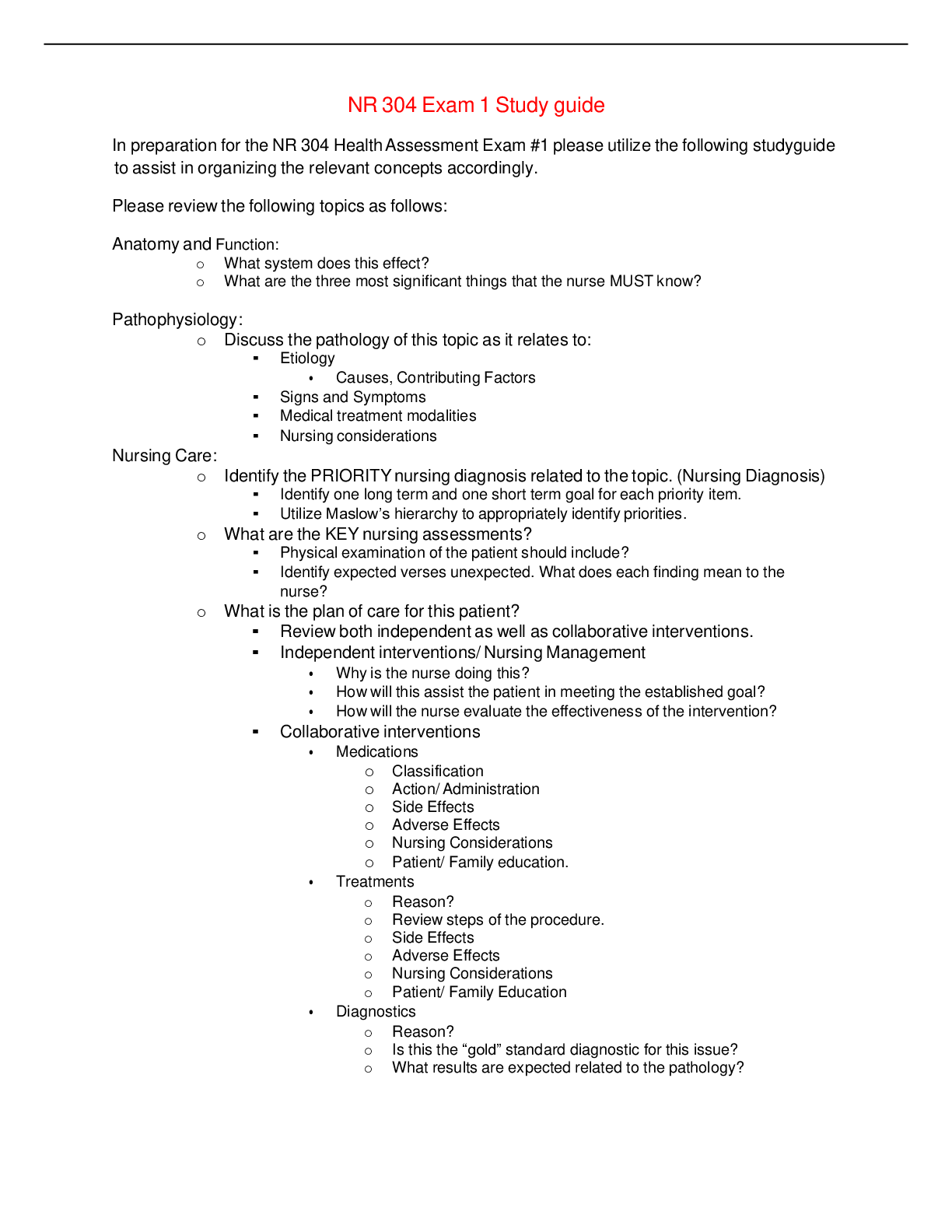
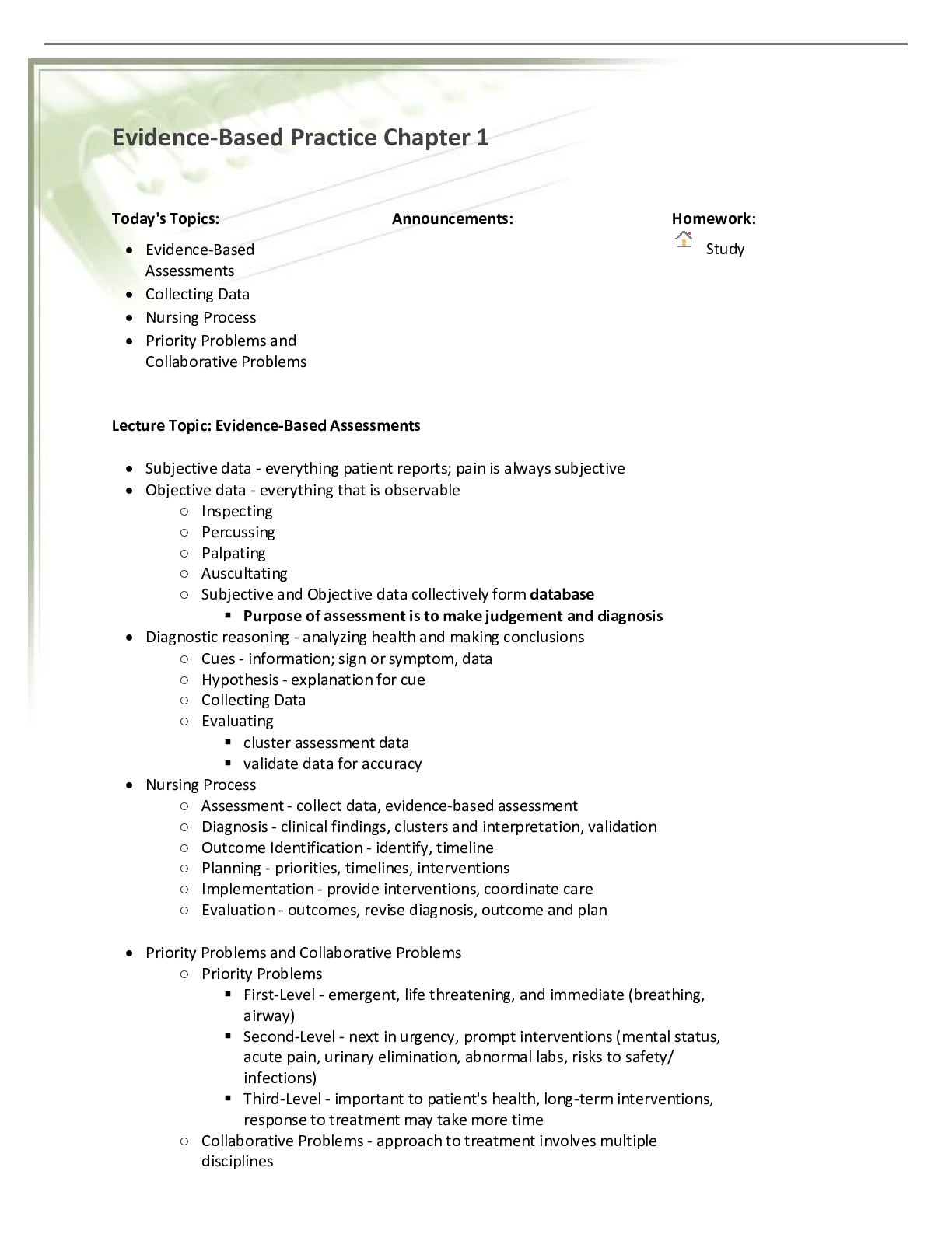

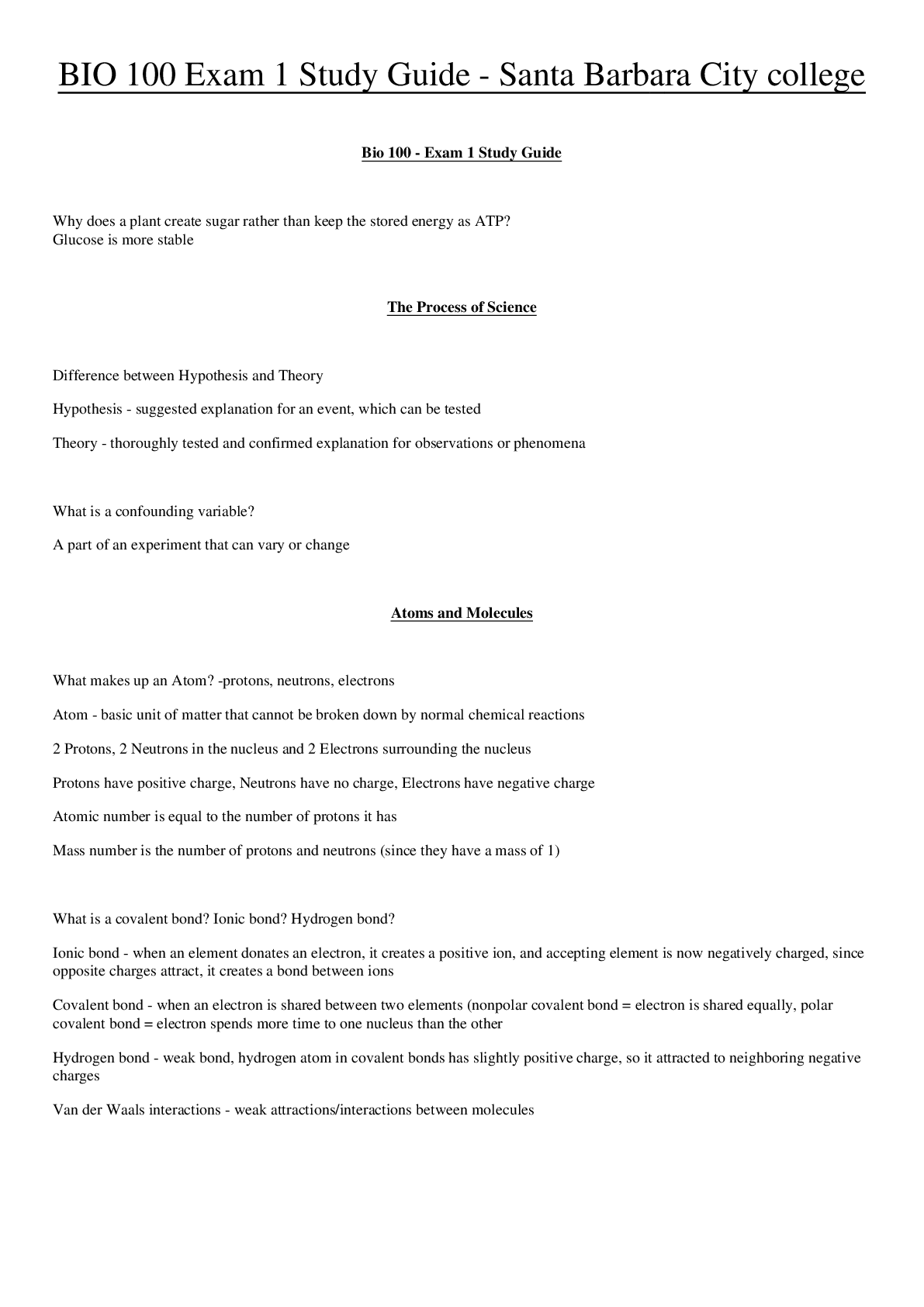

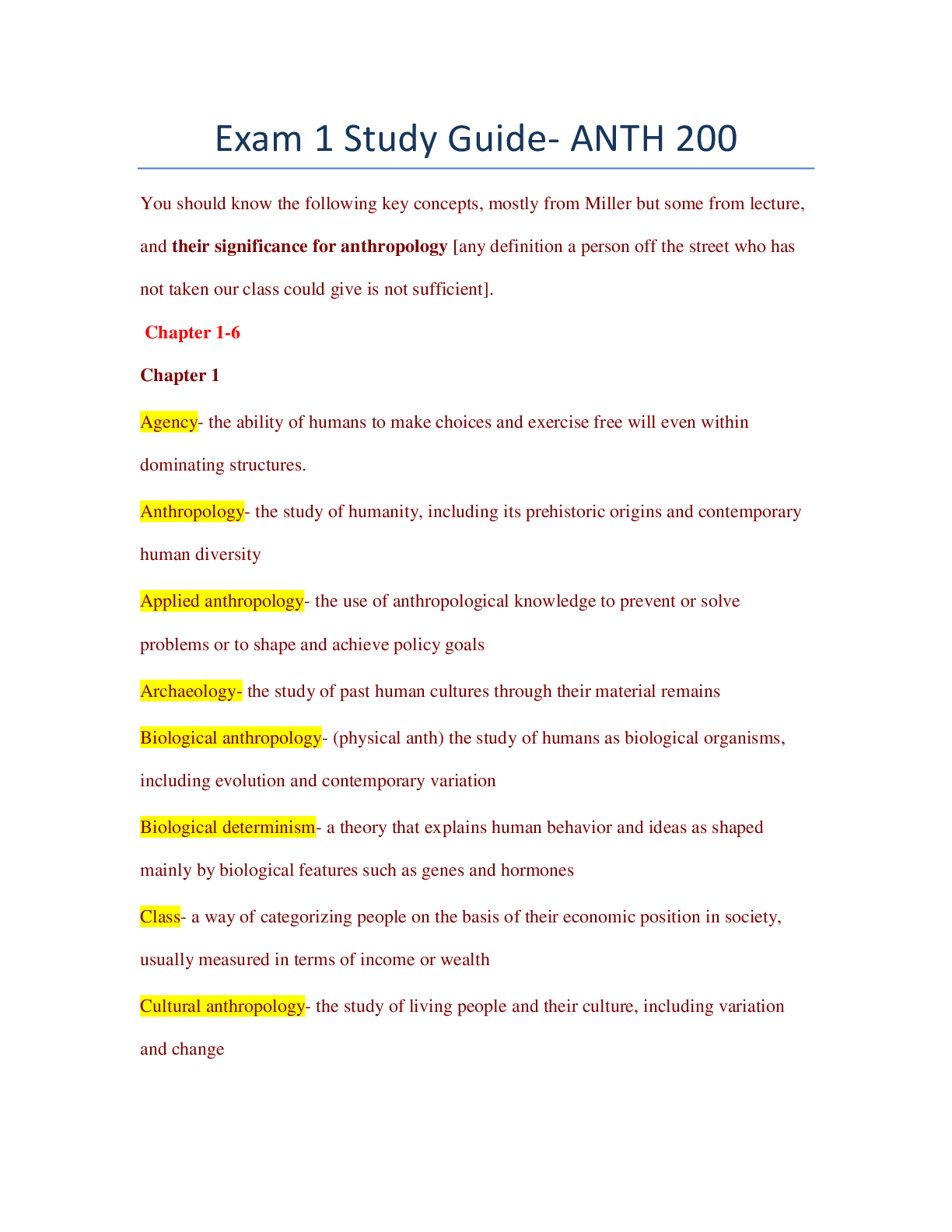
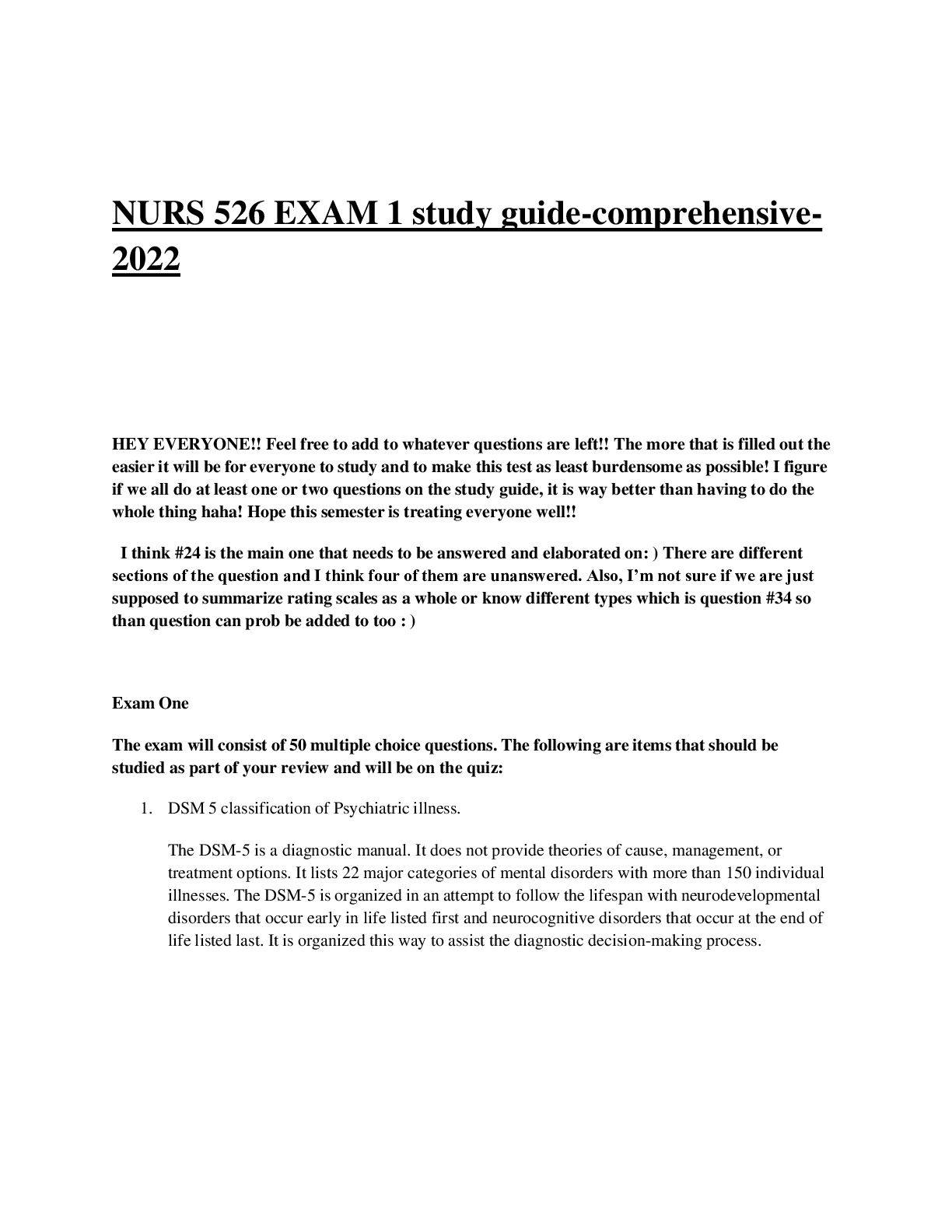
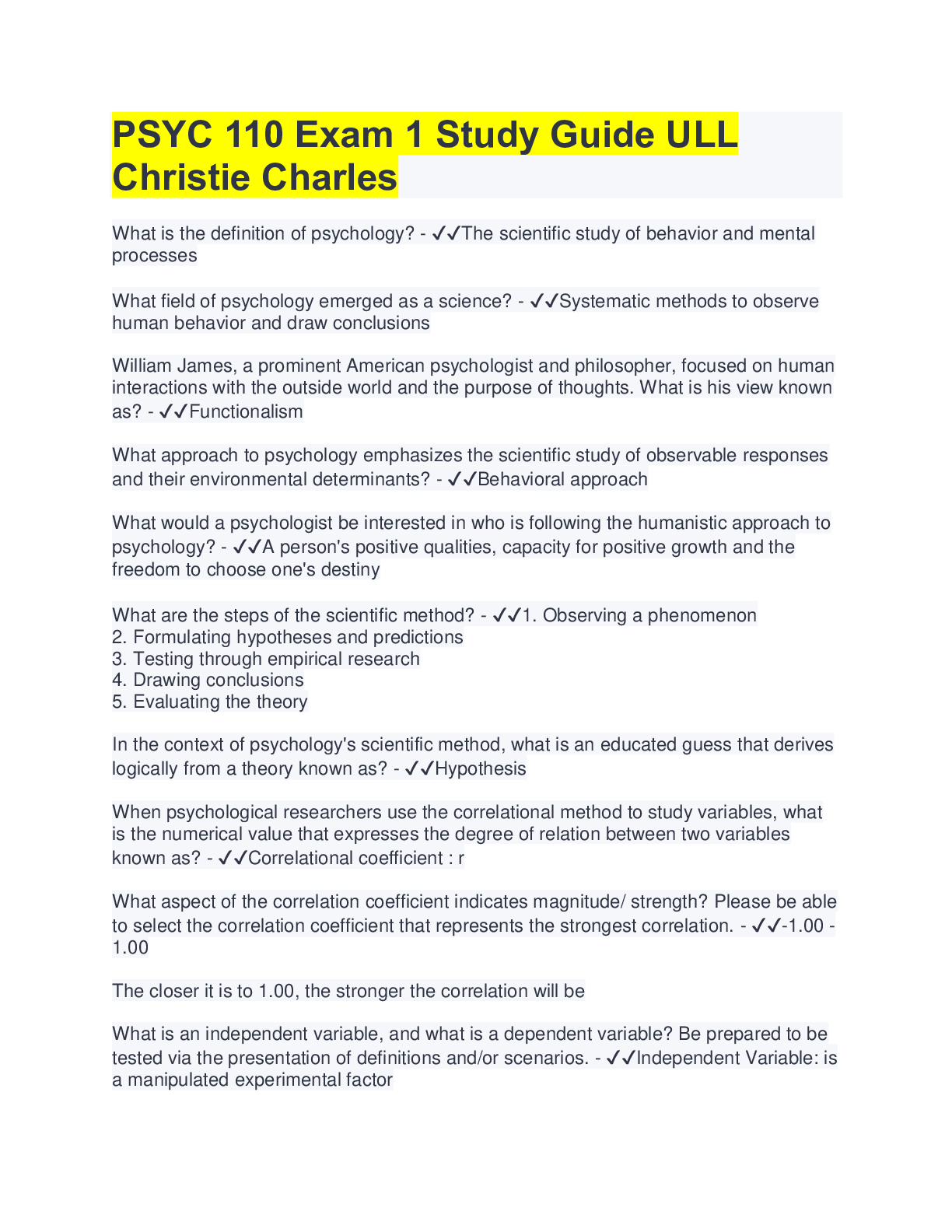


.png)

